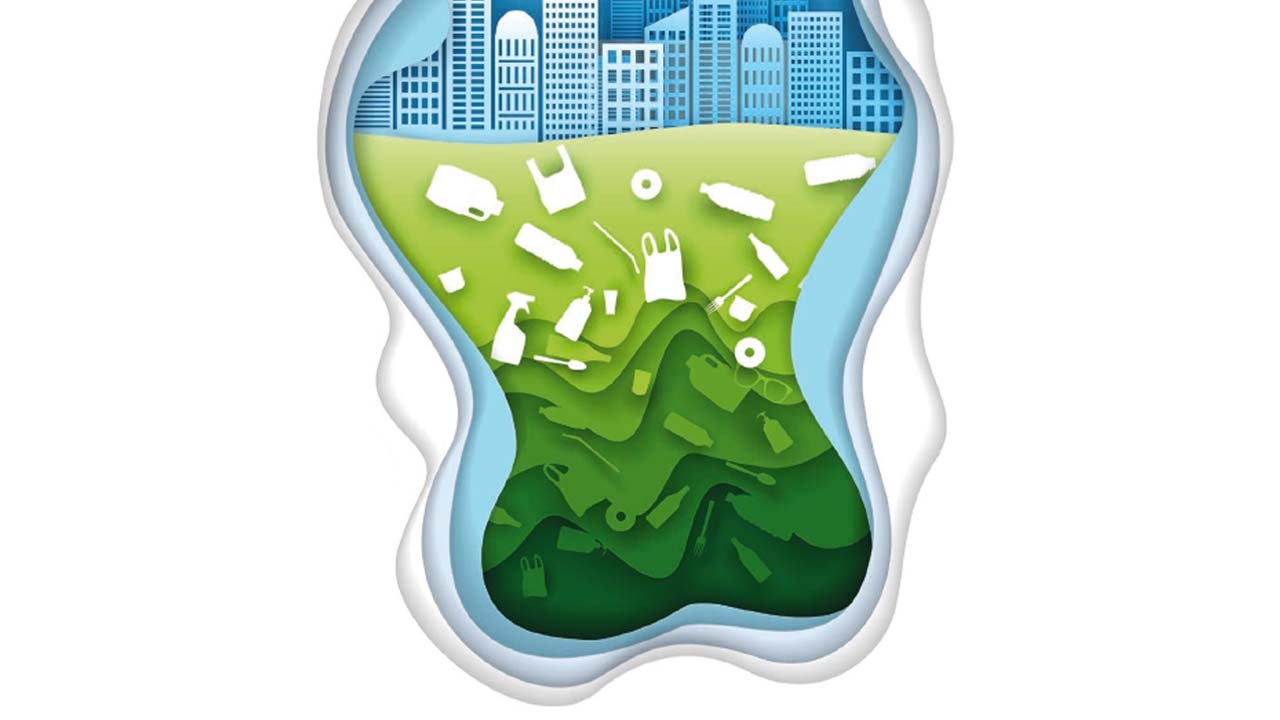Biodegradable vs compostable materials
Biodegradable and compostable materials are gaining traction
in the label, but understanding their differences is essential

With the Federal Trade Commission updating its Green Guides, which were introduced in 1992 and last revised in 2012, it’s time for label suppliers and converters to understand the accuracy of their environmental marketing claims.
The terms ‘biodegradable’ and ‘compostable’ are often used to describe materials that break down in a specific environment and consumers often equate those terms with an environmentally-friendly product. However, the terms are often used inappropriately, and therefore a growing number of states, including and many municipalities around the US, have legislation about using those terms.
For example, in California, Maryland and Washington, it is illegal to use the term ‘biodegradable’ in any marketing terms associated with plastic. This is because ‘biodegradable’ is often interpreted as ‘compostable’ and can cause contamination for composters.
Biodegradable
Let’s look at the terminology and what the Green Guides want you to know about marketing.
‘Biodegradable’ means that an item can be consumed by
organisms like bacteria or fungi that will help break the item down into some compounds found in nature. The term doesn’t reference any specific conditions required for the item to break down nor does it refer to the extent of the degradation or anything that might be left behind once the item degrades.
If you are claiming that a product is biodegradable, you’ll need to have testing data that shows under what specific conditions it will break down (Aerobic? Anaerobic? Marine? Sunlight? Heat?) and that the entire package (including inks, adhesives and labels) will break down within a year.
The current Green Guides also mention the term ‘after
customary disposal.’ This is important. If the customary disposal of an item is landfill, incineration or recycling, a biodegradable claim would be considered deceptive unless there is clear and prominent data that shows the rate and extent of the degradation in that customary disposal environment. Obviously, that’s not possible in an incinerator or recycling facility and nothing breaks down in a landfill in one year.

Claiming that an item is biodegradable is tricky business, and puts your company at risk of being accused of making deceptive claims.
Compostable
Now let’s look at the term ‘compostable.’ The term, by definition, is used to describe products that disintegrate in a composting facility via microorganisms, humidity and heat into natural, soil-enhancing material that is nontoxic. The finished compost product is comprised of CO2, water, biomass and inorganic (non-carbon) compounds.
When you claim that an item is compostable, there is no
confusion about under what conditions it occurs.
Compostable products require a commercial or industrial composting facility to break down, and, rarely, a home composting environment. ASTM International has specific tests for compostability - ASTM D6400 and ASTM D6868. These tests require a complete breakdown of materials into soil-enhancing compost in 90 to 180 days.
From the Green Guides: ‘Marketers who claim a product is
compostable need competent and reliable scientific evidence that all materials in the product or package will break down into — or become part of — usable compost safely and in about the same time as the materials with which it is composted. Marketers should qualify compostable claims if the product can’t be composted at
home safely or in a timely way.
Marketers also should qualify a claim that a product can be composted in a municipal or institutional facility if the facilities aren’t available to a substantial majority of consumers.’
That last paragraph is important because the US does not have an abundance of composting facilities. Many products qualify their compostability claims with a statement such as ‘This package meets ASTM D6400 Standard and can be composted where municipal or industrial composting facilities exist. Appropriate facilities may not exist in your area. Check with your local community as to availability.’
Everything that is compostable is also biodegradable, but the opposite is not true. If you are developing a compostable label, the entire construction: substrate, adhesive, inks, topcoats and any varnishes must all compost at about the same time as the item to which it is adhered. The ASTM tests, along with a third-party testing certification, will provide customers, and, ultimately, consumers (and the FTC) that the product is legit without any risk of deceptive environmental claims.
Stay up to date
Subscribe to the free Label News newsletter and receive the latest content every week. We'll never share your email address.


